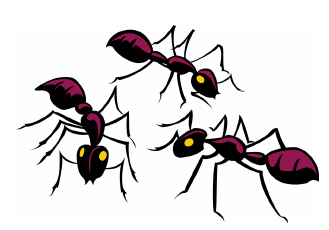406694: GYM102501 C Ants
Description

Charles's program works as follows. It first scans the whole colony, building the list of tags of the ants that are recognized. Then it assigns fresh tags to the new ants. To do so, the program simply picks the first natural number (i.e., nonnegative integer) that is not currently assigned to any ant, and so on.
Due to some glitches in the image recognition device and in the program, there are sometimes negative or very large numbers that appear in the input list. These are simply ignored by Charles's program.
Your job is to reimplement the part of Charles's program that finds a fresh tag to assign to a new ant.
InputThe input consists of the following lines:
- on the first line: an integer $$$N$$$;
- on the next $$$N$$$ lines: some integers $$$X_1, \ldots , X_N$$$ , one per line.
The input satisfies $$$0 \le N \le 10^6$$$ . Each integer $$$X_i$$$ has less than 100 digits.
OutputThe smallest natural number that does not belong to the set $$$\{X_1, \ldots , X_N\}$$$.
ExampleInput5 1 -1 0 3 10Output
2